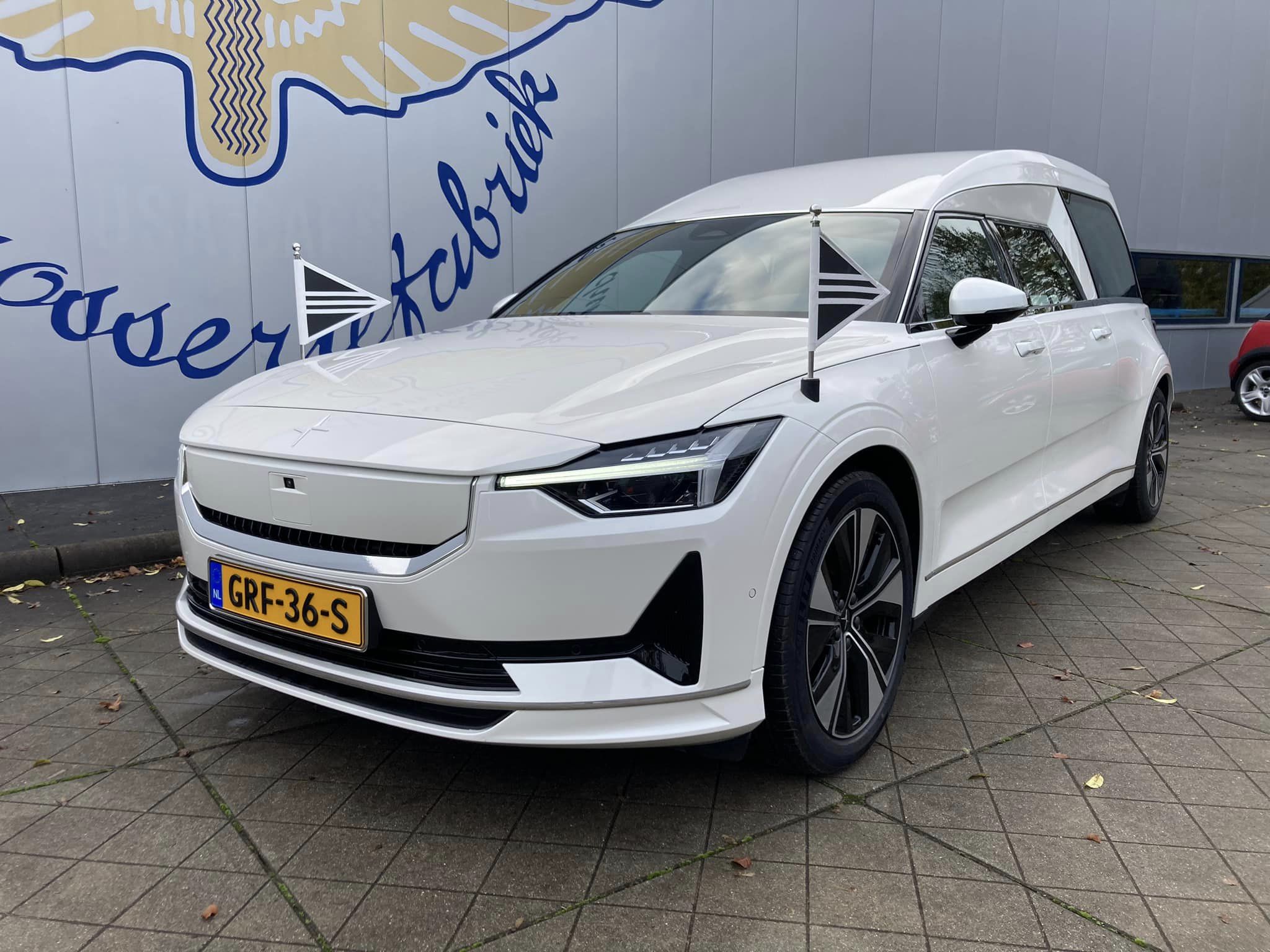Polestar 2 popular choice as hearse: this one is brand new!
Also equipped with starry sky
The latest example was built for a funeral transport company from Kampen. The client chose a white exterior color. Like a Rolls-Royce, this Polestar 2 hearse also features a starry sky in the space where the coffin will lie.
Specifications Polestar 2 Hearse
The 2,290-kilogram hearse has a 220 kW (300 hp) powerful electric motor. On paper, the model has a driving range of 647 kilometers on a full charge of electricity. The extra weight of the conversion – as well as the shape of the car – cuts into that range considerably. According to Huiskamp, the model should now be able to travel 480 kilometers on a full battery charge.
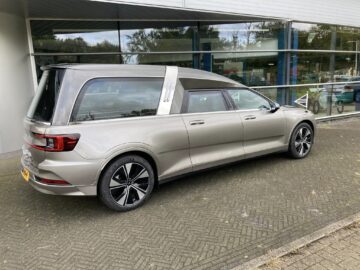
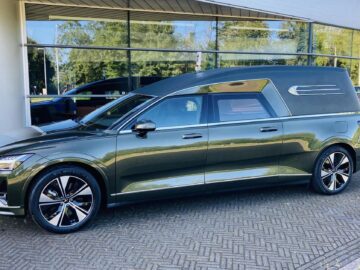
Electric hearses on the rise
Funeral homes are increasingly turning to all-electric hearses. The big advantage is that these vehicles are silent, at least: if the acoustic system (AVAS) – to warn pedestrians below a speed of 30 km/h – is switched off. In fact, that can be quite annoying in a procession where absolute silence is required. Another advantage of BEV hearse is the absence of exhaust fumes, which is nice for people walking behind the hearse.

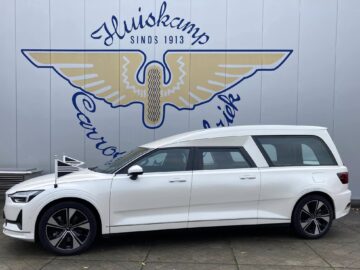

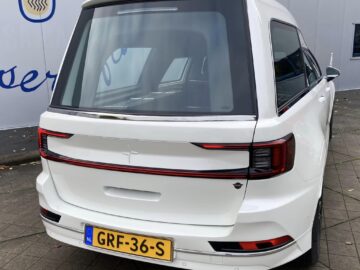
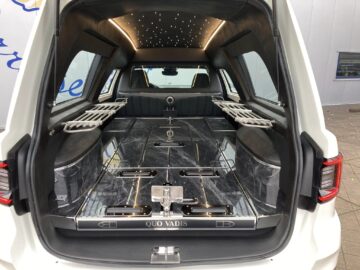
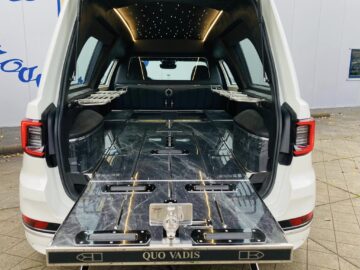
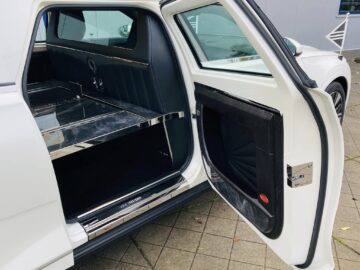
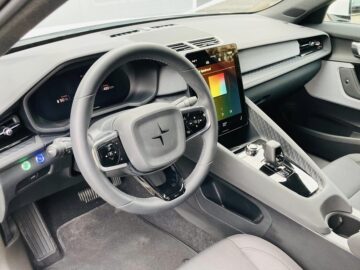
How the hearse came about
The idea of the hearse, or vehicle specifically designed to transport the deceased, dates back to the time of ancient civilizations. The origins of transporting the deceased began with biers, where people or animals – such as horses or oxen – used carts to carry the dead to their final resting place. In the 17th and 18th centuries, special carriages pulled by horses came into use in Europe and North America. These carriages were often beautifully decorated and symbolized respect and honor for the deceased.
Cadillac
It was not until the early 20th century, around 1909, that the first motorized hearses appeared in the United States. These were initially developed by automobile manufacturers such as Cadillac, who built specialized vehicles based on their existing models. The goal was to provide more efficient and dignified transportation and to replace the tradition of the horse-drawn carriage. This gave birth to the idea of the modern hearse as we know it today, a vehicle that functions both practically and ceremonially in saying goodbye to the deceased.

